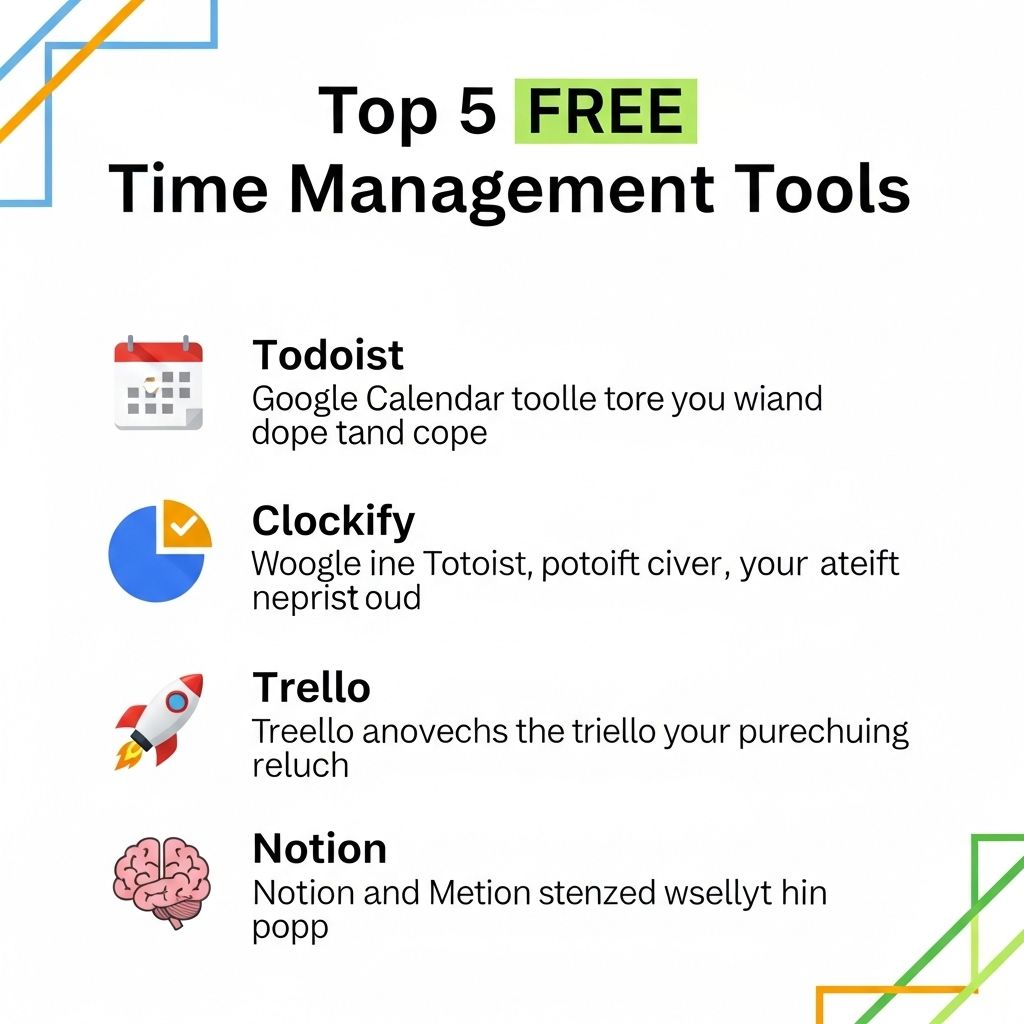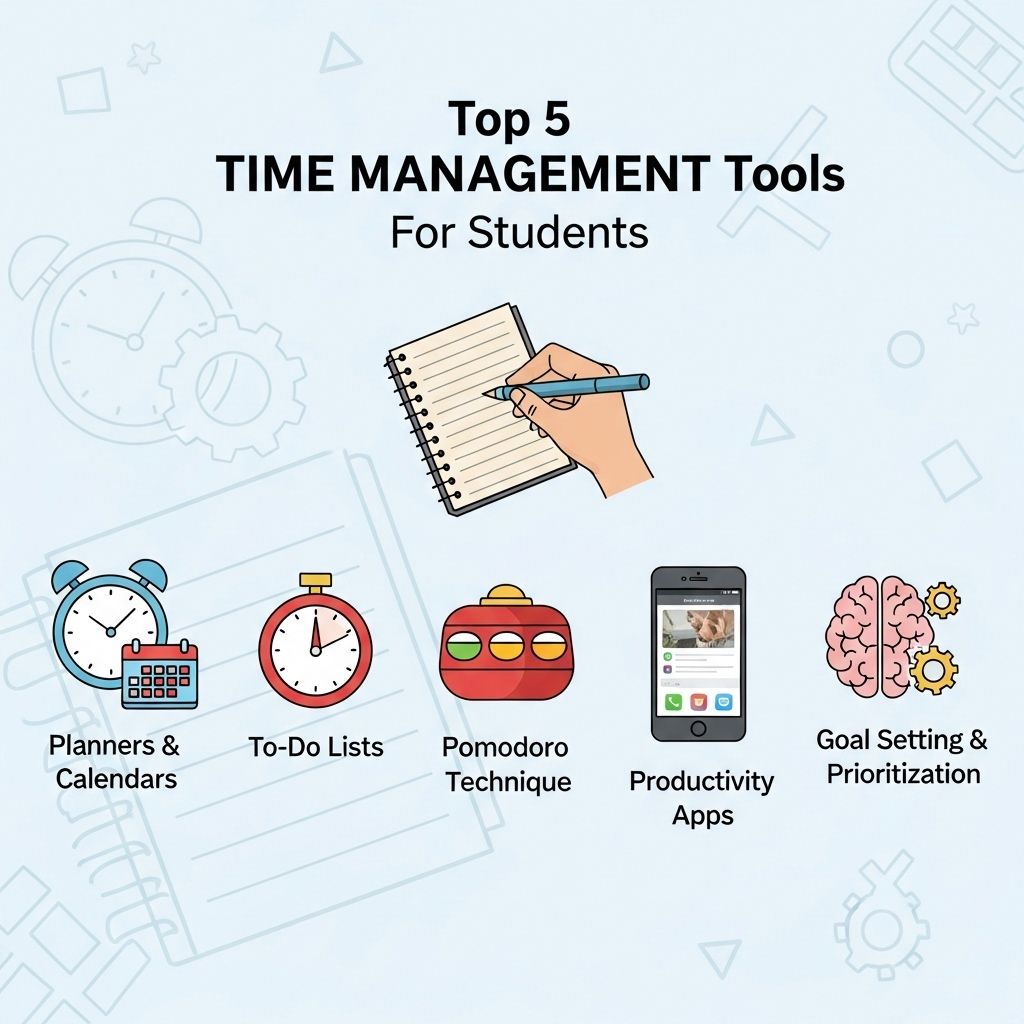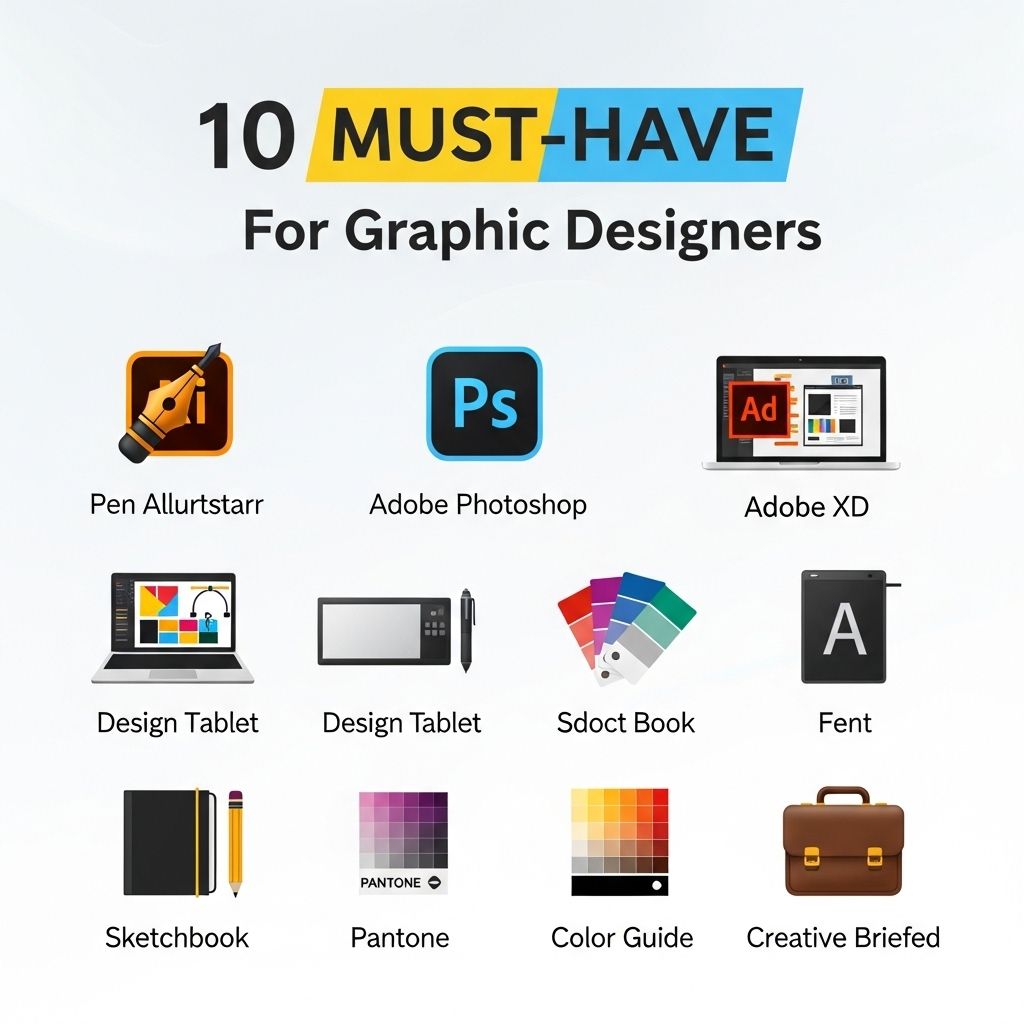In recent years, artificial intelligence has transformed various industries, and the world of art is no exception. Artists are increasingly leveraging AI tools to enhance their creativity, streamline their workflows, and explore new artistic horizons. The following article delves into ten powerful AI tools that are set to revolutionize the way artists create and interact with their work in 2025.
1. DeepArt
DeepArt uses advanced neural networks to convert your photos into stunning works of art. By applying stylistic elements from famous paintings to your images, it allows artists to experiment with different aesthetics.
Key Features:
- Style Transfer: Apply various artistic styles to your images.
- Customization: Adjust the strength of the applied style.
- High-Resolution Outputs: Produce gallery-quality images.
2. Runway ML
Runway ML is a creative toolkit that combines machine learning with a user-friendly interface. It offers various tools for image, video, and audio manipulation, making it ideal for multimedia artists.
Highlights:
- Real-time Collaboration: Work with team members or collaborators seamlessly.
- Multiple AI Models: Access a library of pre-trained models for different creative tasks.
- Video Editing: Utilize AI for automatic video editing and enhancement.
3. Daz 3D
Daz 3D allows artists to create 3D digital art with ease. With AI-driven character creation and animation tools, it helps bring illustrations to life.
Benefits:
| Feature | Description |
|---|---|
| Character Generation | Create lifelike 3D models and characters. |
| Animation Tools | Animate characters with simple drag-and-drop actions. |
| Marketplace | Access a vast library of assets and content. |
4. Artbreeder
Artbreeder is an innovative platform that combines images to create entirely new visuals using generative algorithms. This tool allows artists to blend their ideas and experiment with different styles easily.
Unique Aspects:
- Image Mixing: Merge images to create unique artworks.
- Parameter Control: Adjust traits like color, shape, and style.
- Community Sharing: Collaborate and share your creations with others.
5. PaintsChainer
PaintsChainer is an AI-powered automatic coloring tool designed for illustrators. It helps speed up the coloring process, allowing artists to focus on other creative aspects.
How It Works:
- Upload Line Art: Start by uploading your black-and-white sketches.
- Select Colors: The AI will suggest colors based on your preferences.
- Refine Output: Customize and enhance the final artwork.
6. Canva Magic Write
While Canva is primarily known for its graphic design capabilities, the Magic Write feature employs AI to help create compelling copy and content for your designs, making it an invaluable tool for artists looking to market their work.
Features:
- Content Generation: Quickly write captions, descriptions, and more.
- Design Integration: Seamlessly incorporate text into visual projects.
- User-Friendly Interface: Ideal for both beginners and seasoned artists.
7. OpenAI DALL-E
DALL-E is an AI system capable of generating high-quality images from textual descriptions. Artists can use this tool to visualize concepts and ideas that may be challenging to illustrate by hand.
Capabilities:
- Text-to-Image Generation: Create unique artworks based on prompts.
- Versatile Styles: Experiment with various artistic styles and interpretations.
- Inspiration Tool: Generate ideas and concepts for new projects.
8. Adobe Sensei
Adobe Sensei is a machine learning framework integrated into Adobe products, enhancing functionalities such as image recognition, automated tagging, and more. This feature is particularly beneficial for artists working in digital media.
Advantages:
| Functionality | Description |
|---|---|
| Image Organization | Automatically tag and categorize images for easy access. |
| Content-Aware Editing | Smartly adjust elements within your artwork without affecting the rest. |
| Personalized Recommendations | Get tailored suggestions based on your editing habits. |
9. Let’s Enhance
Let’s Enhance is an AI tool designed to upscale images while preserving quality. Artists can use this tool to improve the resolution of their works or prepare images for print.
Features:
- AI Upscaling: Enhance image resolution with minimal quality loss.
- Batch Processing: Upload multiple images for bulk enhancements.
- Preserve Details: Maintain fine details of original artwork.
10. Wavii
Wavii brings together audio art and AI, allowing artists to create and manipulate soundscapes. This tool is perfect for multimedia artists seeking to incorporate audio into their visual works.
Innovative Functions:
- Sound Generation: Create original soundtracks using AI.
- Audio Editing: Edit and mix sounds with intuitive controls.
- Collaboration Features: Work with other artists on audio projects.
Conclusion
The intersection of art and technology is a thrilling space, and as we look towards the future, tools like these will continue to empower artists in unimagined ways. By embracing AI, artists can not only enhance their workflow but also explore new creative avenues that were previously unattainable. As 2025 approaches, the potential for AI in the art world is limitless.
FAQ
What are the top AI tools for artists in 2025?
In 2025, some of the top AI tools for artists include DeepArt, Runway ML, Artbreeder, Daz 3D, and Adobe’s AI features in Creative Cloud, all designed to enhance creativity and streamline the artistic process.
How can AI tools benefit artists in their creative process?
AI tools can assist artists by providing inspiration, automating repetitive tasks, generating unique designs, and offering new techniques, allowing artists to focus more on their creative vision.
Are AI-generated artworks considered original?
The originality of AI-generated artworks often depends on the extent of human input in the creative process. While AI can generate artworks, artists who use these tools typically add their personal touch, making the final piece unique.
Can AI tools help in improving my art skills?
Yes, many AI tools offer tutorials, feedback, and suggestions that can help artists improve their skills by learning new techniques and exploring different styles.
What should artists consider when choosing an AI tool?
Artists should consider factors such as ease of use, the specific features offered, compatibility with existing tools, and the level of community support when choosing an AI tool.
Is it expensive to use AI tools for art creation?
The cost of AI tools for art creation varies widely. Some tools are free or offer basic features at no cost, while others may require a subscription or one-time payment for advanced functionalities.




